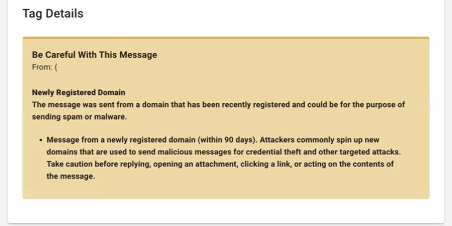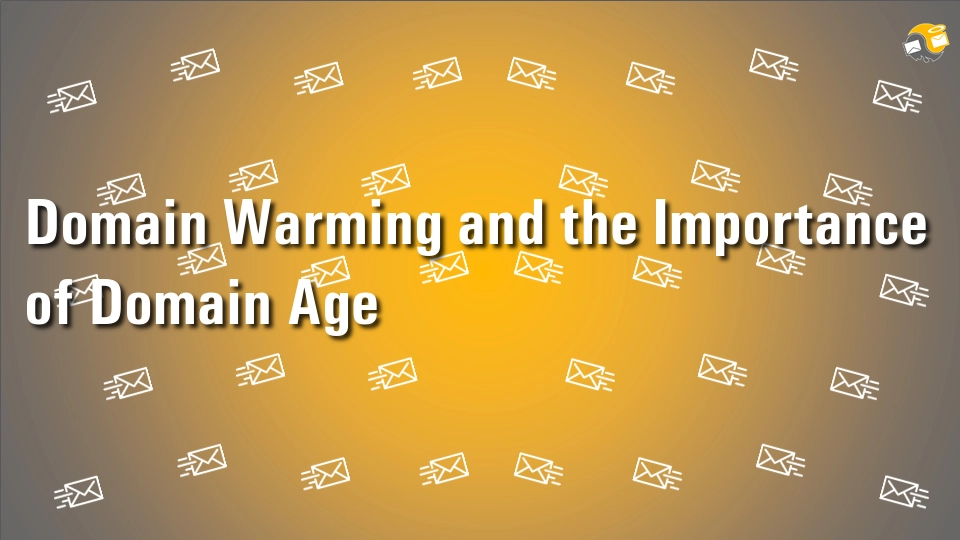When it comes to your email marketing program, your domain’s reputation is as critical, if not more so, than the content of your email. A foundational aspect of establishing trust with mailbox providers (MBPs) is a domain’s age. Fresh domains—less than 90 days old—are under increased scrutiny by blocklists and MBPs. Skipping domain warming can result in emails landing in spam folders—or worse, not being delivered at all.
Blocklists and MBPs often view fresh domains as high-risk, as these domains are frequently used by bad actors for spam or phishing campaigns. To even begin building trust, you need a domain with at least 90 days of age before considering sending commercial emails. During this period, search engines, registrars, and reputation systems collect data on the domain’s behaviour and usage patterns. A consistent and clean history is essential for email deliverability. If you’re registering a domain name previously used by another sender, this resting period may need to be even longer to mitigate any negative history tied to the domain.
For example, GoDaddy has recently added a warning for email recipients when messages come from domains under 90 days old. This measure underscores how critical domain age has become in the fight against spam. If you’re launching a new domain for email marketing, begin with non-commercial emails, such as internal communications or transactional messages, while building your reputation.

Domain warming involves gradually increasing the volume of emails sent from your domain to establish credibility with MBPs. Start with small, highly engaged recipient lists and avoid large-scale campaigns until your domain’s reputation is solidified. A rushed approach can backfire, leading to blocks or blacklisting. Several published warm-up schedules are available online, which you can follow yourself. Many ESPs (Email Service Providers) also offer automated warm-up processes that you can configure for your new domain.
The Difference Between Domain Warming and IP Warming
While domain warming focuses on building the reputation of your domain, IP warming is a parallel but distinct process aimed at establishing trust for your sending IP address. IP warming involves gradually increasing the volume of emails sent from a new or dormant IP, ensuring that mailbox providers see consistent and responsible sending behaviour. Unlike domains, IPs don’t have the same concept of an “age” factor, but their sending patterns are closely monitored. A sudden spike in volume from a new IP can trigger spam filters, leading to deliverability issues.
Domain warming and IP warming often work hand-in-hand, but it’s important to remember that an excellent domain reputation can still falter if the IP reputation is poor, and vice versa. Both require strategic planning and careful monitoring to succeed.
The Risks of Cousin Domains
Many recent articles recommend buying similar domains to your corporate domain to protect your reputation while sending email campaigns (e.g., domain.com and getdomain.com). These are referred to as ‘cousin domains.’ Cousin domains are variations of your primary domain—typically created to mimic or extend a brand. While they might seem like a clever workaround for volume limits or segmentation, they come with significant risks.
New cousin domains lack the history and reputation of your primary domain, making them prime targets for increased scrutiny by filters and recipients due to their fresh nature. Worse, they can dilute your brand’s reputation. If a cousin domain is flagged as suspicious, it can cast doubt on the trustworthiness of your messages—or possibly your entire infrastructure. This can leave recipients questioning whether your email is legitimate or phishing, leading to elevated complaints and additional reputation issues for your organization.
Remember, trust takes time to build, and mailbox providers are paying close attention. A deliberate, well-thought-out approach to domain names, domain and IP warming, along with careful management of any related domains, is crucial to achieving long-term email marketing success.


